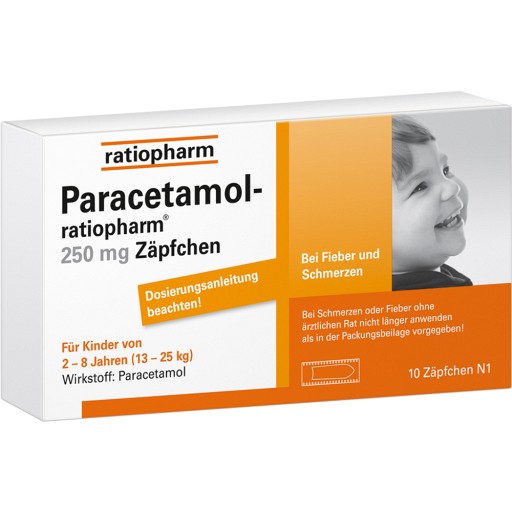The Importance of Paracetamol in Pain Relief

Introduction to Paracetamol
Paracetamol, commonly known as acetaminophen, has become one of the most widely used medications globally. Its significance lies in its effectiveness as a pain reliever and fever reducer, making it a staple in many households. In recent years, discussions about the proper use and potential risks associated with paracetamol have gained traction, making it crucial for the public to understand its implications on health.
What is Paracetamol?
Paracetamol is a medication used to alleviate mild to moderate pain and to reduce fever. Available over-the-counter in various forms, such as tablets, capsules, liquids and suppositories, it is frequently recommended for conditions including headaches, cold symptoms, and muscle aches. Notably, it is often selected as a first-line treatment option due to its safety profile when used appropriately.
Recent Developments and Safety Concerns
Despite its widespread use, recent studies have indicated that excessive doses of paracetamol can lead to serious liver damage. Reports from health authorities, including the UK’s Medicines and Healthcare products Regulatory Agency (MHRA), underline the importance of adhering to recommended dosages. As of 2023, it is estimated that overdoses related to paracetamol result in approximately 100,000 hospital visits each year in the UK alone.
Guidelines for Safe Use
Health professionals urge consumers to follow general guidelines when using paracetamol. For adults, the maximum recommended dose is typically 4,000 mg per day, although individuals with liver conditions or those who consume alcohol regularly should use lower doses. It’s essential to check that other medications do not also contain paracetamol to avoid unintentional overdosing. Moreover, parents seeking to administer paracetamol to children are advised to consult healthcare providers for the appropriate formulations and dosages based on the child’s weight and age.
Conclusion and Recommendations
In conclusion, while paracetamol remains an essential medication in managing pain and fever, awareness around its safe usage is paramount. As health authorities continue to educate the public, individuals are encouraged to approach paracetamol with caution. Monitoring dosage, understanding risks, and seeking professional advice when necessary can significantly reduce the chances of adverse effects. As we advance, ongoing research and public health campaigns will play a vital role in ensuring that paracetamol is used effectively and responsibly, thus safeguarding public health.








